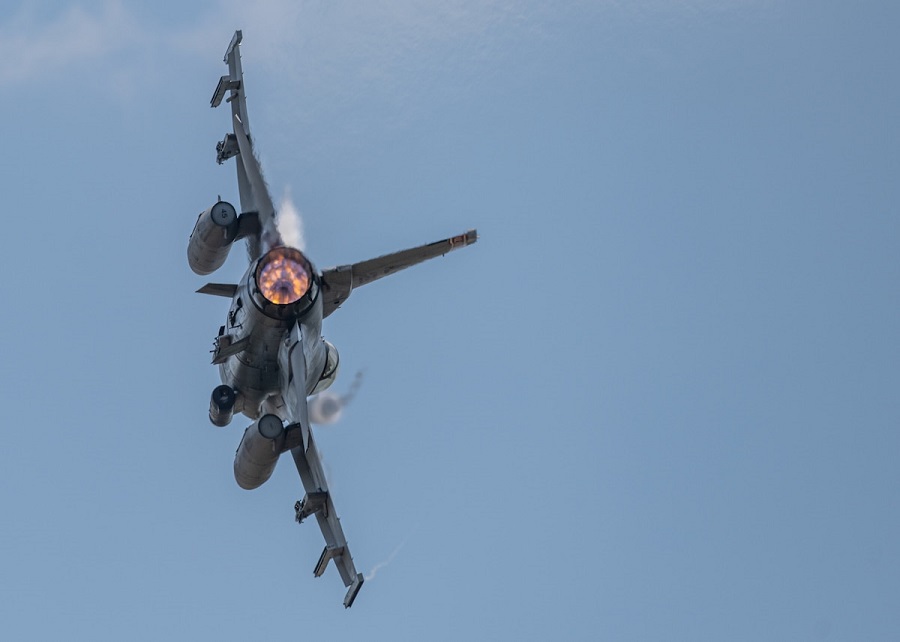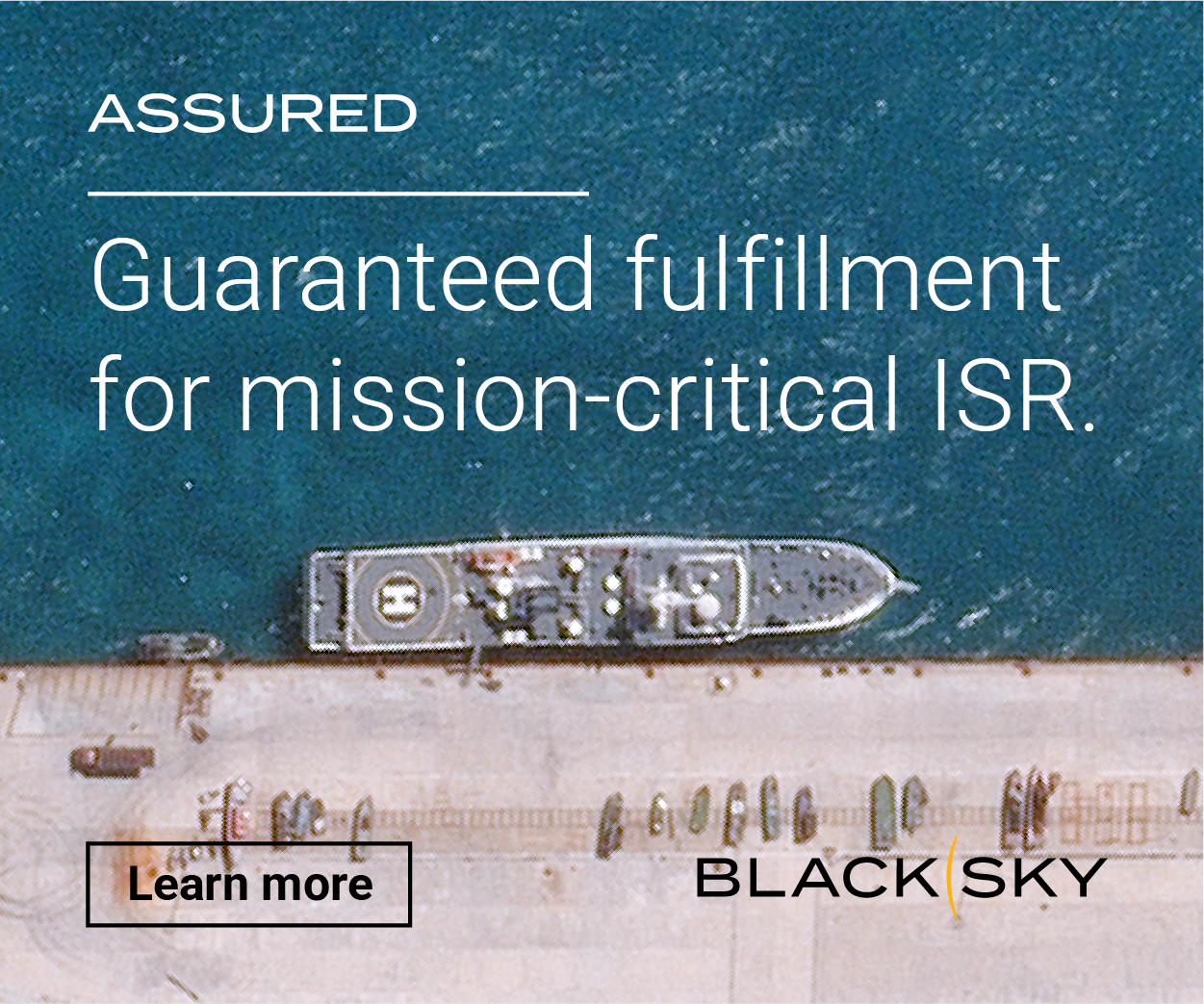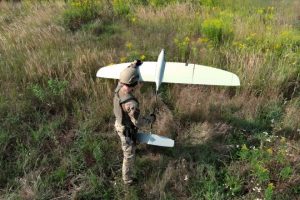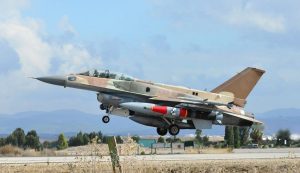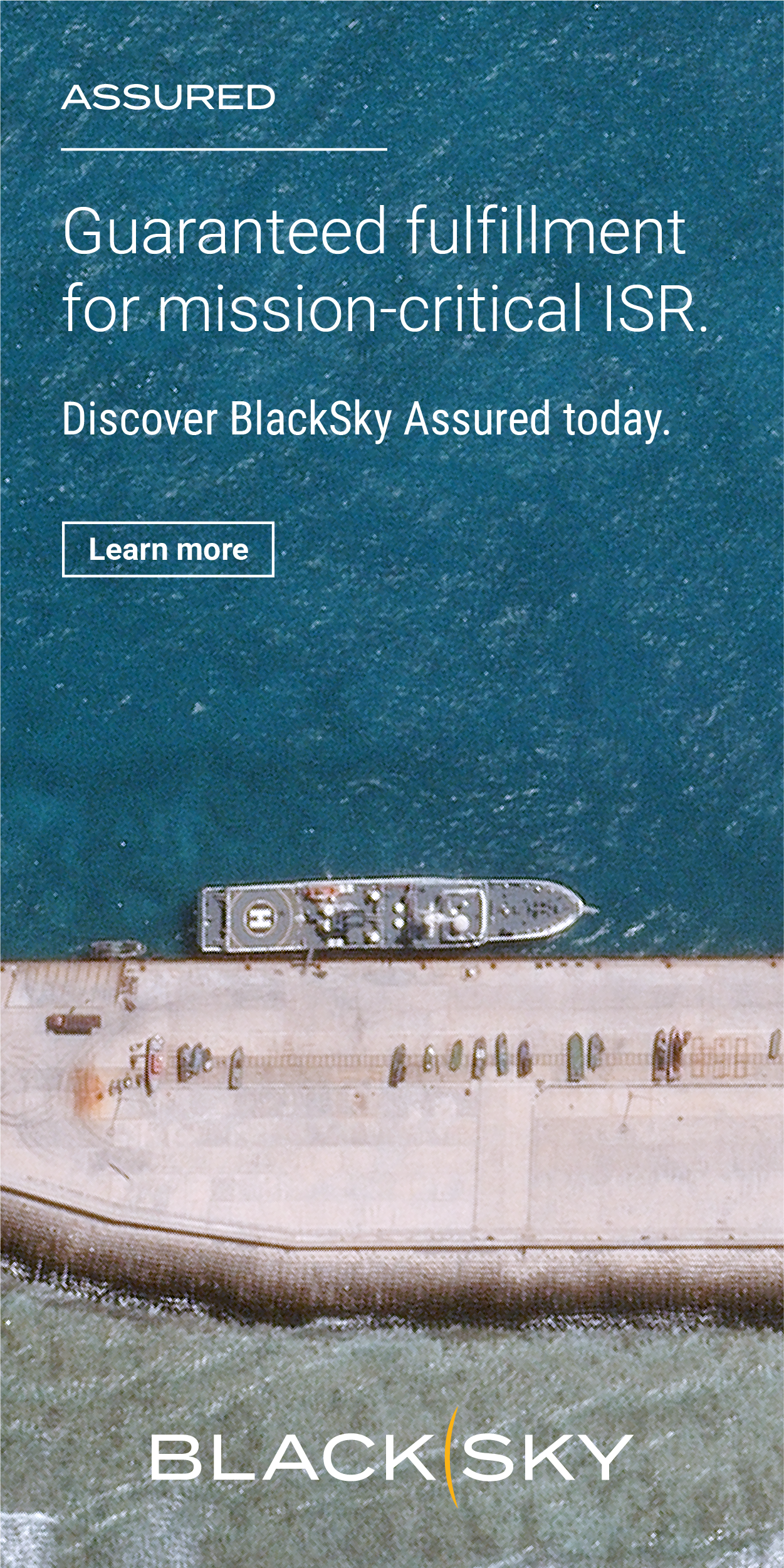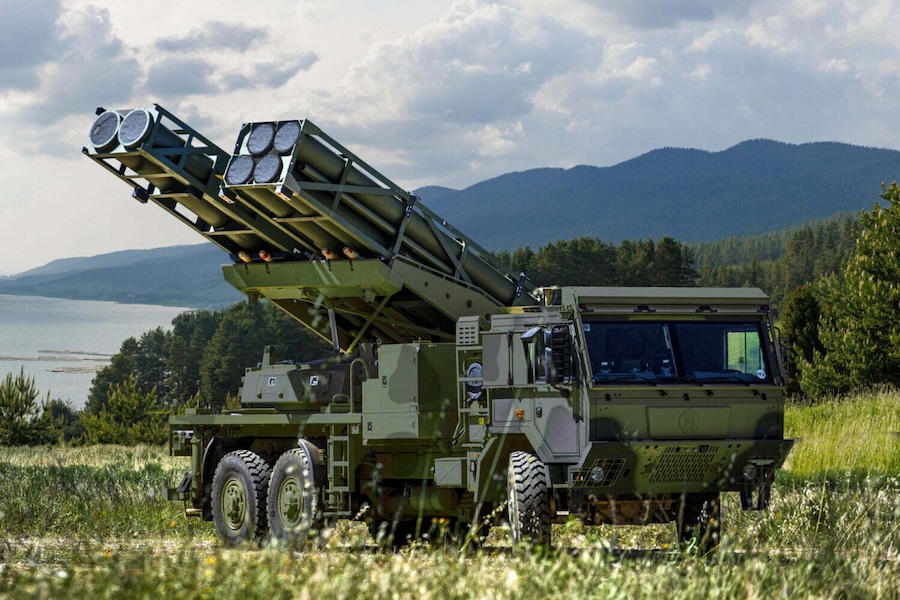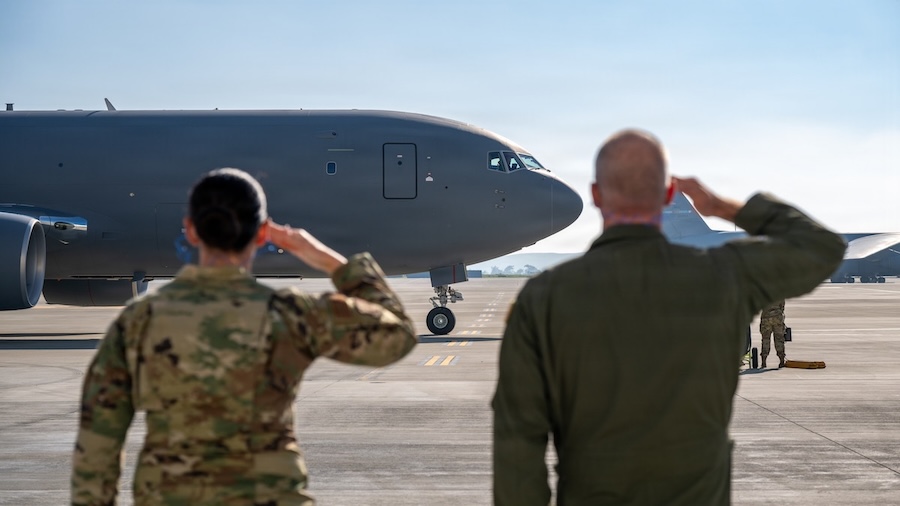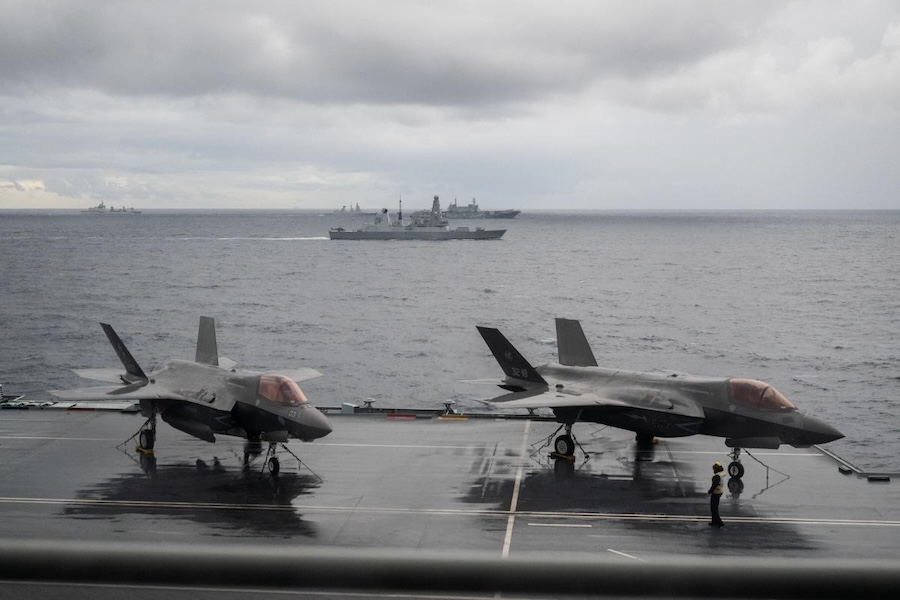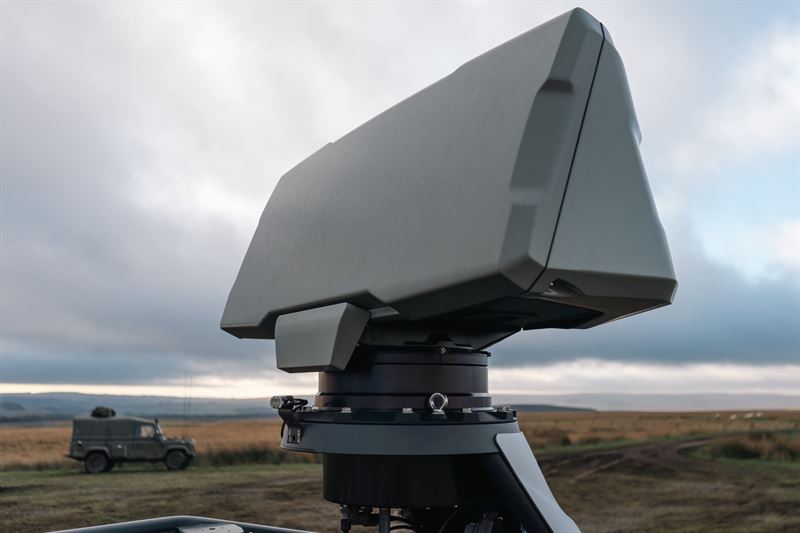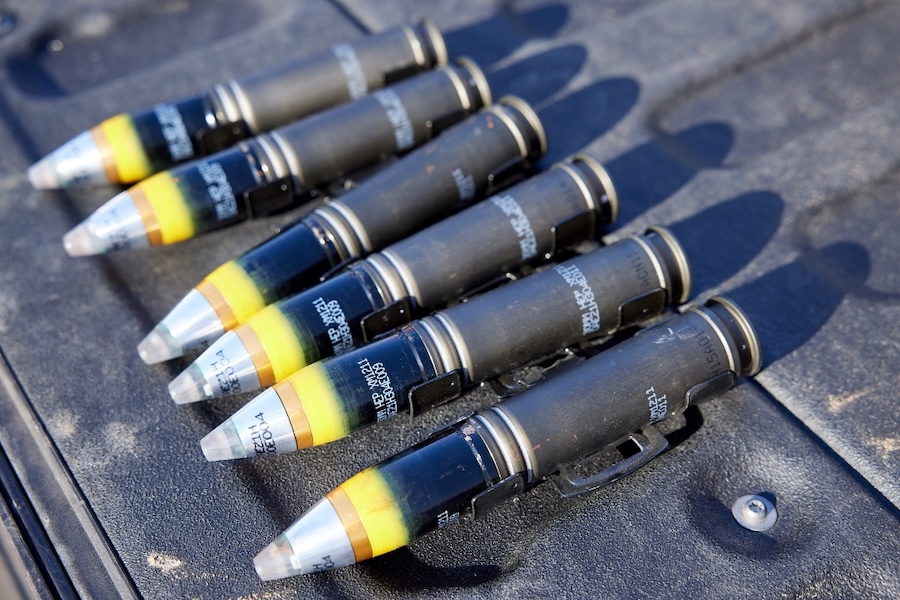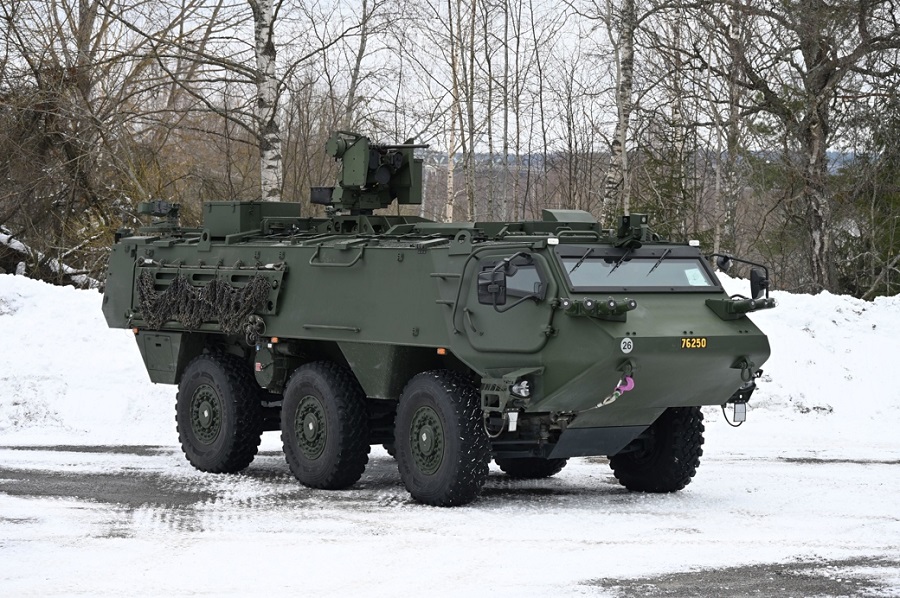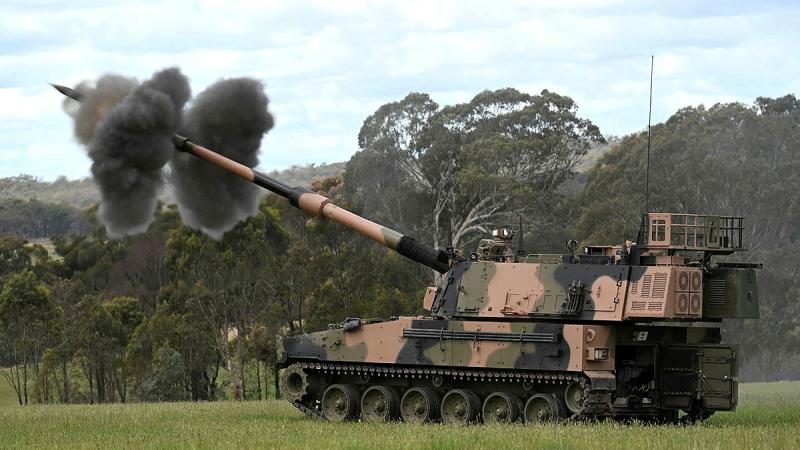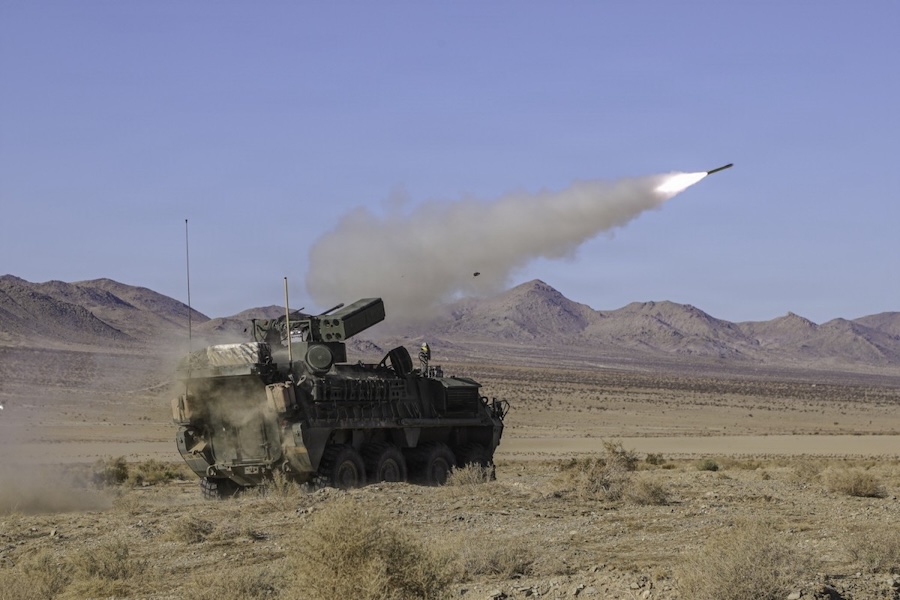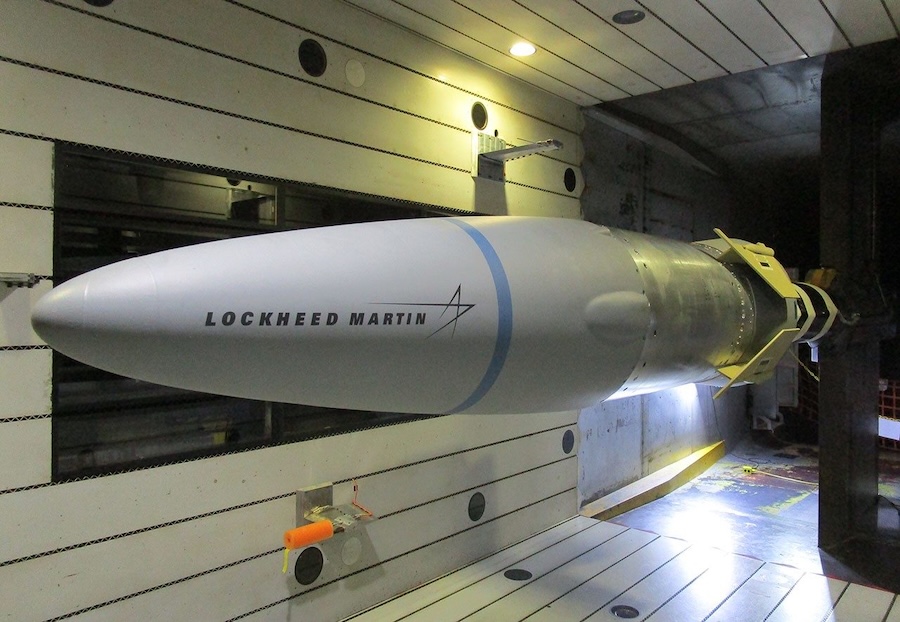The event showcased enhanced position, navigation and timing capabilities, particularly within simulated GPS-denied environments, and highlighted the viability of open-architecture systems.
IS4S’s Resilient-Embedded GPS/INS (R-EGI) system showcased its Modular Open Systems Architecture (MOSA) capabilities by successfully integrating AEVEX Aerospace’s LynxVBN Vision-based Navigation System, demonstrating R-EGI’s ‘plug and play’ functionality and adherence to Alternative PNT and Assured PNT System Network messaging standards.
“Achieving accuracy in GPS-denied conditions, after a rapid integration, truly highlights the potential of R-EGI’s open architecture to revolutionize PNT resilience,” said Maj. Bernard Mutz, R-EGI program manager, with the Air Force Life Cycle Management Center’s Electronic Systems Directorate.
During the flight tests, R-EGI maintained positioning accuracy in simulated GPS-denied scenarios using only visual navigation data and the inertial measurement unit, a proof-of-concept for R-EGI’s PNT resiliency features.
This achievement underscores the vision articulated by Lt. Col. Juan Ramirez, Materiel Leader of the directorate’s Navigation Warfare (NAVWAR) Branch, who emphasized the importance of rapid-yet-cost-effective third-party PNT integrations and encouraged further participation in the open-source PNT community.
Northrop Grumman Corporation’s Embedded GPS/INS Modernization (EGI-M) program performed six dedicated flights evaluating the performance of three EGI variants: an LN-300, LN-351, and an LN-251 reference unit.
The tests focused on EGI-M’s Hybrid, Free Inertial, and GPS-Only navigation solutions, and marked the first integration of NAVWAR Blended Navigation Assurance (BNA) functionality.
“Exceeding the positional error specification with our Free Inertial solution is a significant achievement, demonstrating the robust performance of EGI-M in challenging environments,” said Capt. Rajeem Moore, EGI-M program manager, within the directorate’s PNT Program Office.
Five of the six flights leveraged M-code GPS, while one used legacy C/A code. The EGI-M Free Inertial solution surpassed the program’s positional error specification.
These demonstration flights showed more than just the individual successes of the R-EGI and EGI-M systems; it underscored the vital role of collaboration and open architectures in developing advanced PNT capabilities for the warfighter.
“These flight demonstrations exemplify the collaborative spirit essential for delivering cutting-edge PNT capabilities to our warfighters,” said Lt. Col. Christopher Grover, PNT Program Office Materiel Leader. “The success of both R-EGI and EGI-M demonstrates the tangible benefits of industry partnership in meeting critical mission needs.”
Source: Air Force Life Cycle Management Center.



